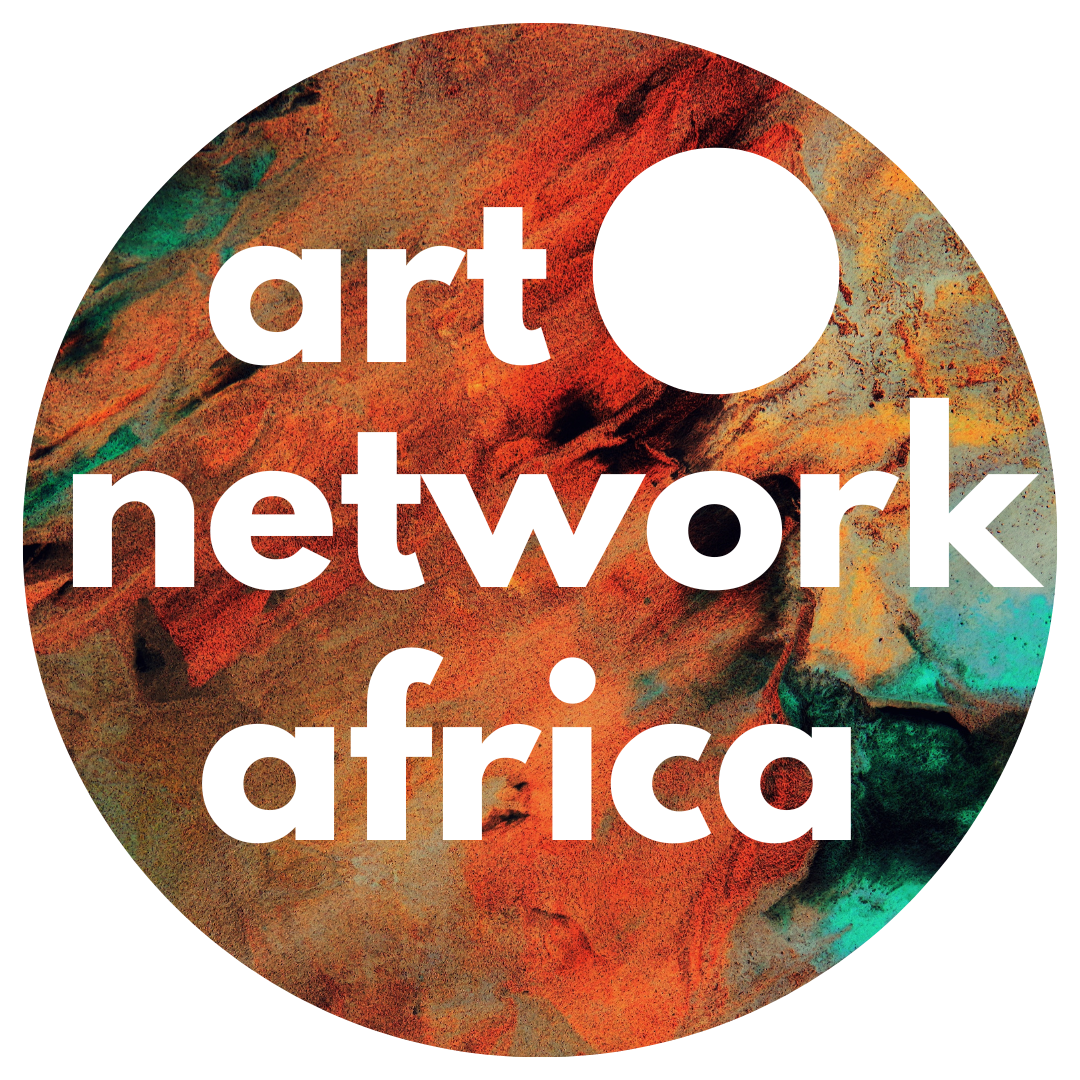Art has always been a language that transcends borders, a means of storytelling that connects us across time and space. Today, that connection is more vibrant than ever as African artists and their counterparts in the diaspora collaborate in extraordinary ways. These creative exchanges are more than just exhibitions or residencies, they are living dialogues that celebrate shared histories, explore identity, and reimagine the future.
Imagine a sculptor from Nairobi collaborating with a multimedia artist in Brooklyn. Together, they create a project that explores themes of migration and belonging. Or picture a photographer from Lagos working with a filmmaker in London to tell stories of African urban life, blending the aesthetics of two vibrant cities into a single visual narrative. These aren’t just dreams — they are real projects happening right now. Let’s take a look at some of them.
Black Rock Senegal
Founded by renowned American-Nigerian artist Kehinde Wiley, Black Rock Senegal has become a magnet for artists from across Africa and the diaspora. Set against the backdrop of Dakar’s stunning coastline, the residency offers a space where painters, writers, and filmmakers come together to collaborate and exchange ideas. The result? A creative explosion that transcends geography.
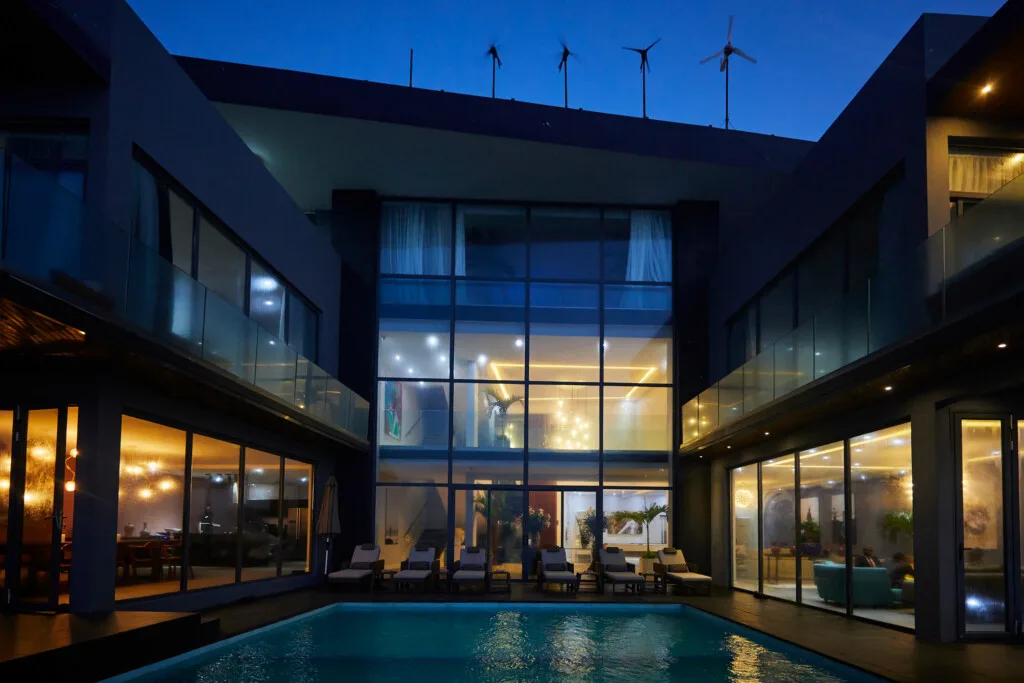
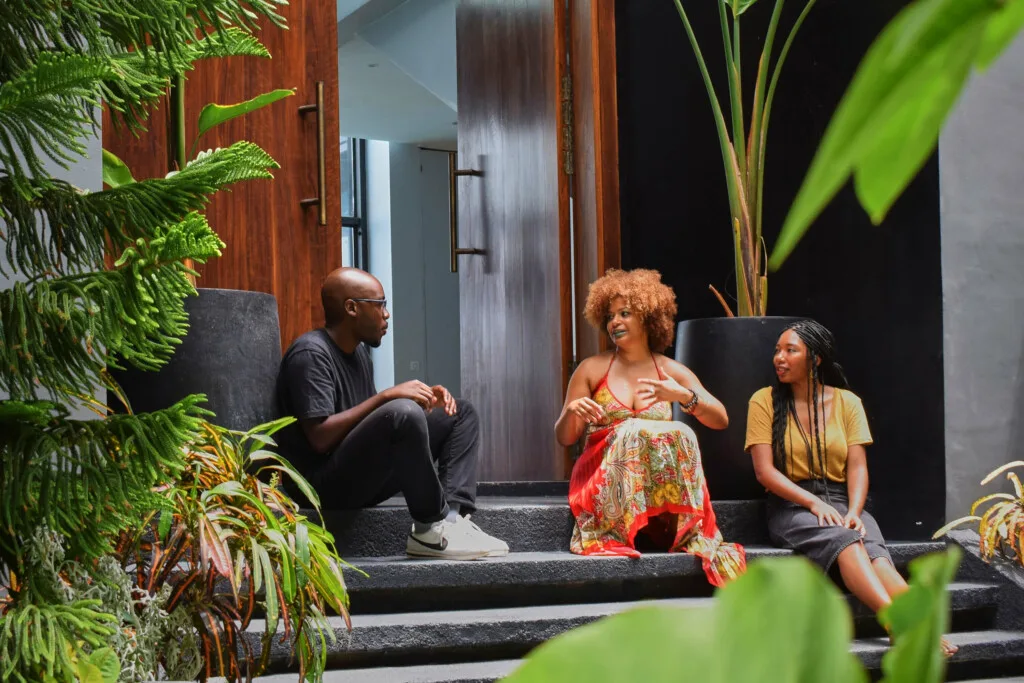
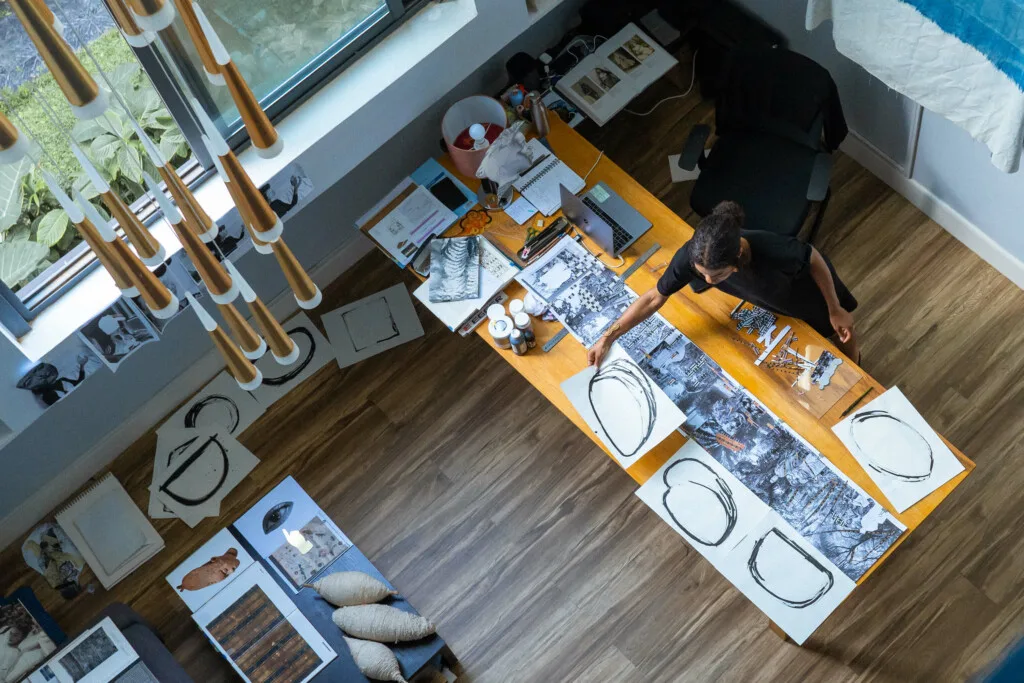
Black Rock Senegal came out of a direct need to engage Africa in a much more personal way. I discovered Dakar on a layover in 1997, back when Air Afrique was the sole provider of flights from the west to Nigeria. It was my first visit to Africa and I was immediately enraptured by Senegalese language, food, art, culture, and tradition.
After years of exploring the continent’s many cultures and countries I had a personal desire to create a workspace in West Africa. As an Artist who works in the west I desired a space of renewal to explore new ideas and to create work outside of a western context—to create work within the context of my own lineage. Black Rock stands as the direct answer to my desire to have an uncontested relationship with Africa, the filling in of a large void that I share with many African Americans. With this project I wanted to explore my own personal relationship with Africa while inviting artists to do the same and to galvanize the growing artistic and creative energies that exist in Africa in an increasing measure with the addition of diverse, international, creative possibility – Kehinde Wiley, 2019
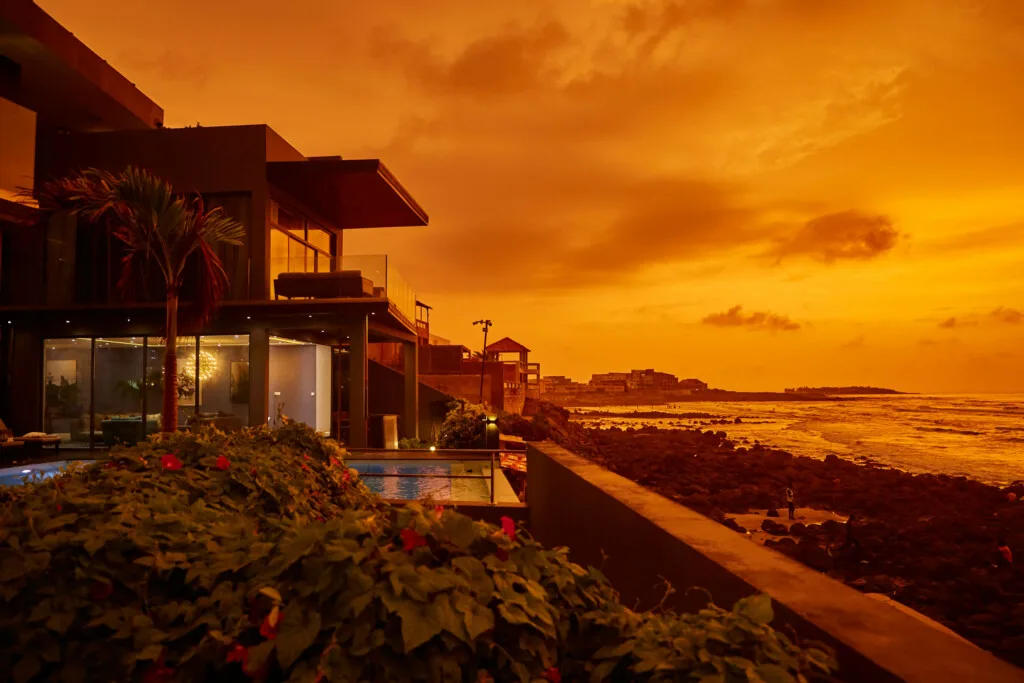
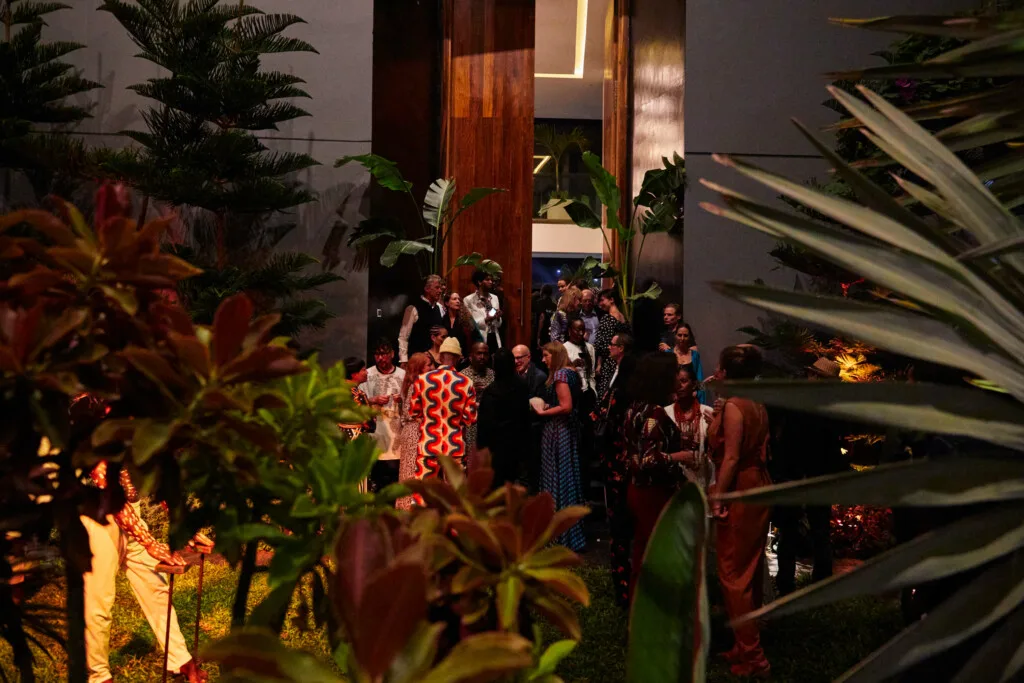

Black Rock Senegal brings together international artists to live and work in Dakar, Senegal for a period of 1 – 3 months enabling artistic creation through collaborative exchanges.
1-54 Contemporary African Art Fair
With editions in London, New York, Paris, and Marrakech, 1-54 Contemporary Art Fair is more than just an art fair — it’s a meeting point for African and diaspora artists to showcase their work.
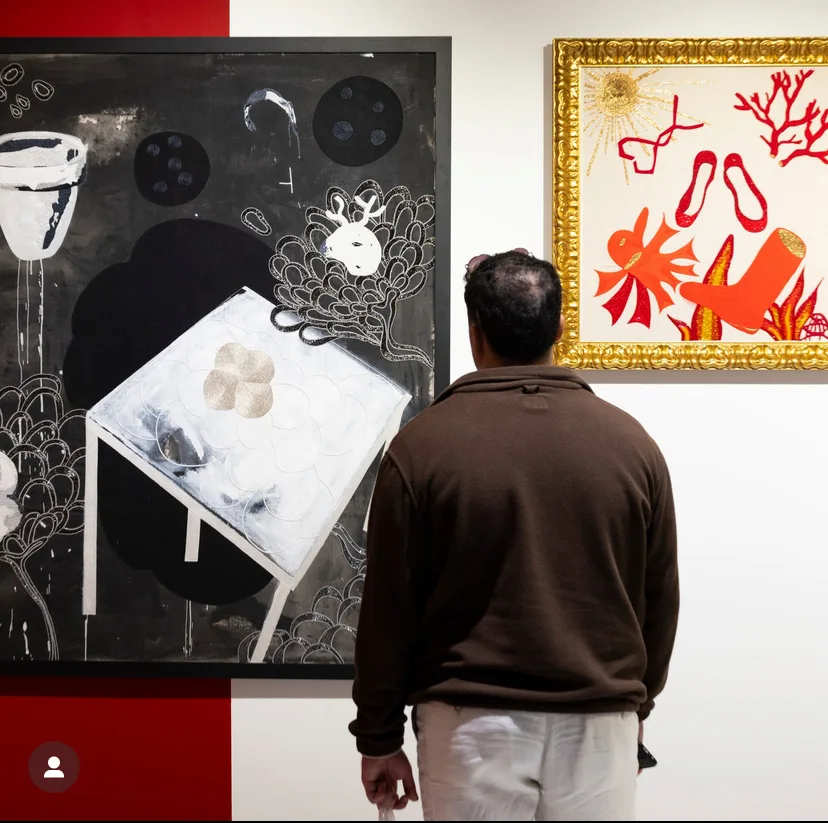
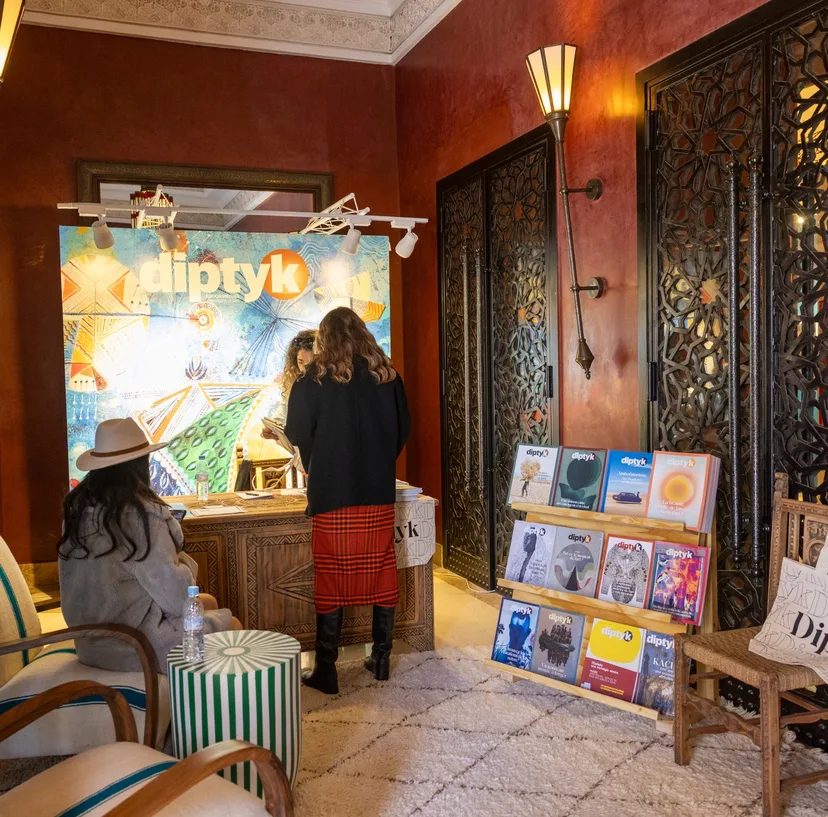

Founded in 2013 by Franco-Moroccan entrepreneur, Touria El Glaoui, 1-54 is the leading global art fair dedicated to providing visibility to contemporary art form in Africa and the diaspora. The fair’s name which signifies the fifty four countries that make up the African continent, promotes a community of diverse perspectives by featuring leading international galleries specializing in contemporary African art.
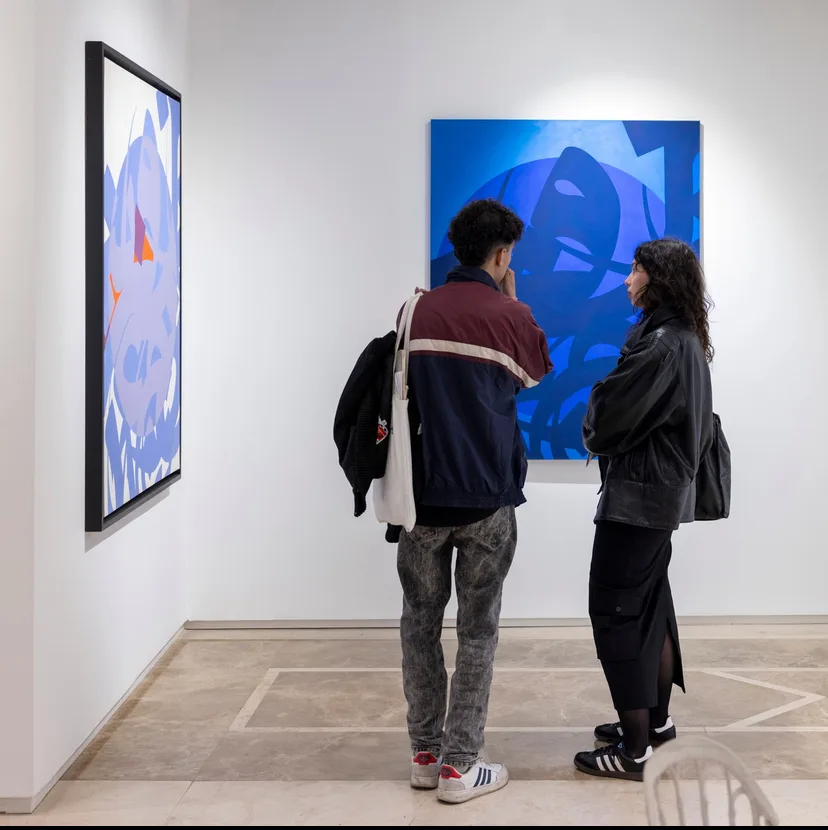
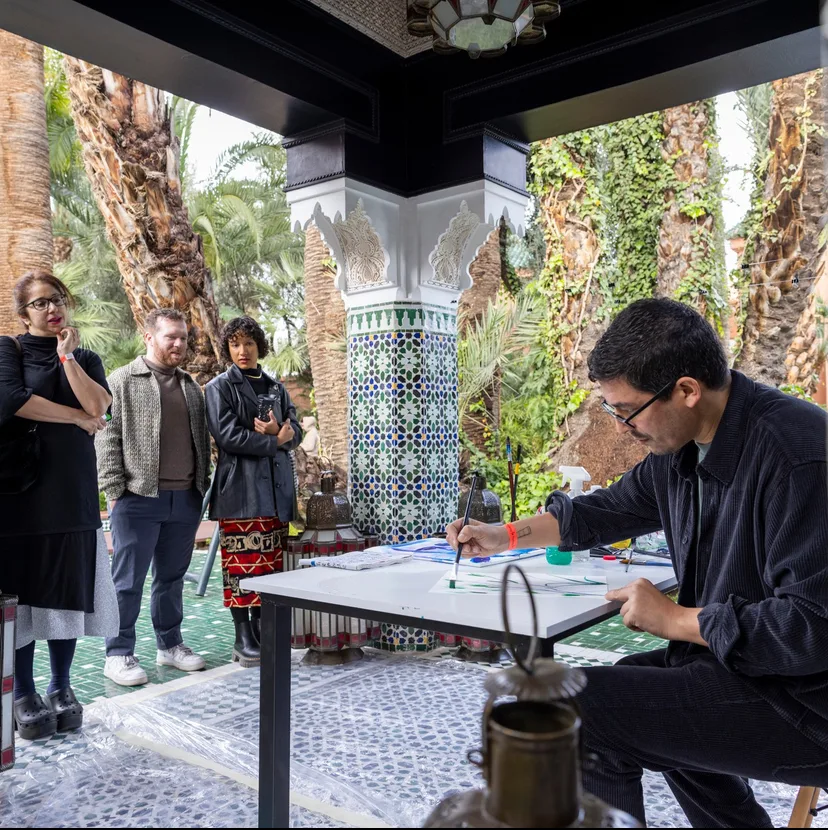
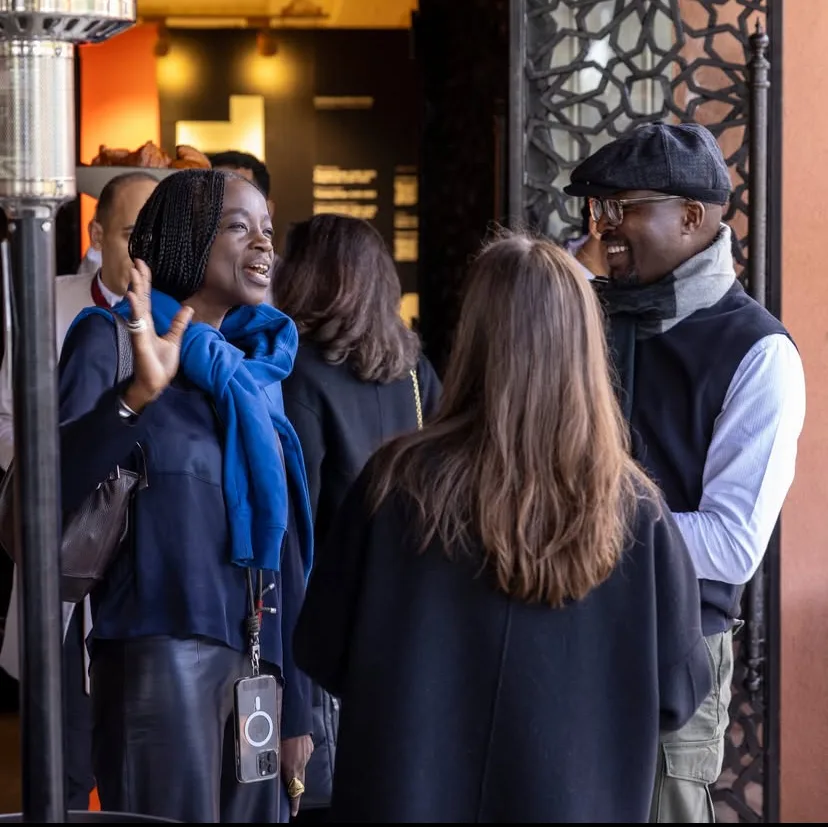
From bold installations to thought-provoking paintings, the 1-54 Contemporary African art fair has become a vital bridge connecting African creativity to the world.
Tiwani Contemporary
Tiwani Contemporary, a gallery with roots in London and Lagos, has been a champion for African and diaspora artists. The gallery was founded in London in 2011 by Maria Varnava, a Greek Cypriot who grew up in Lagos, with the help of her friend and mentor, renowned Nigerian curator Bisi Silva (1962-2019). Bisi Silva proposed the name Tiwani, which translates as “it is ours” or “it belongs to us” from the Yoruba language, emphasizing the gallery’s intentions to strive for inclusivity.
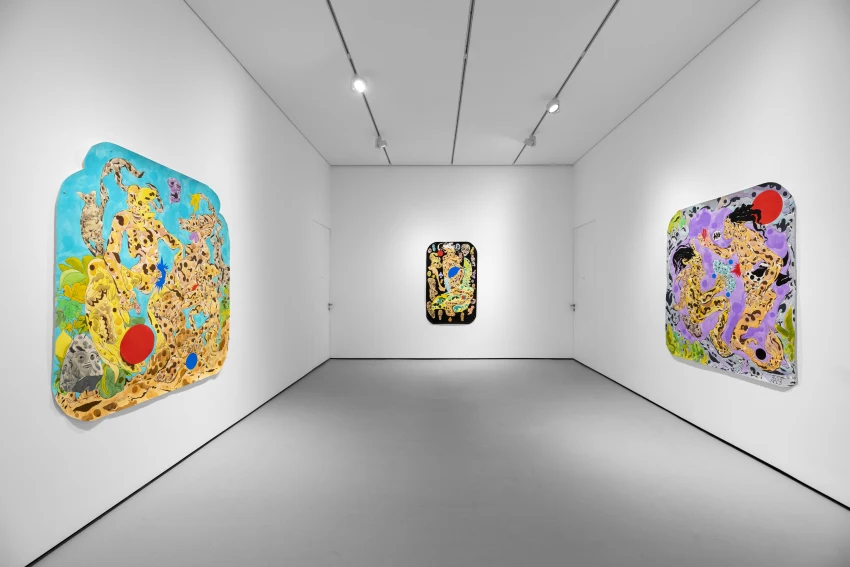
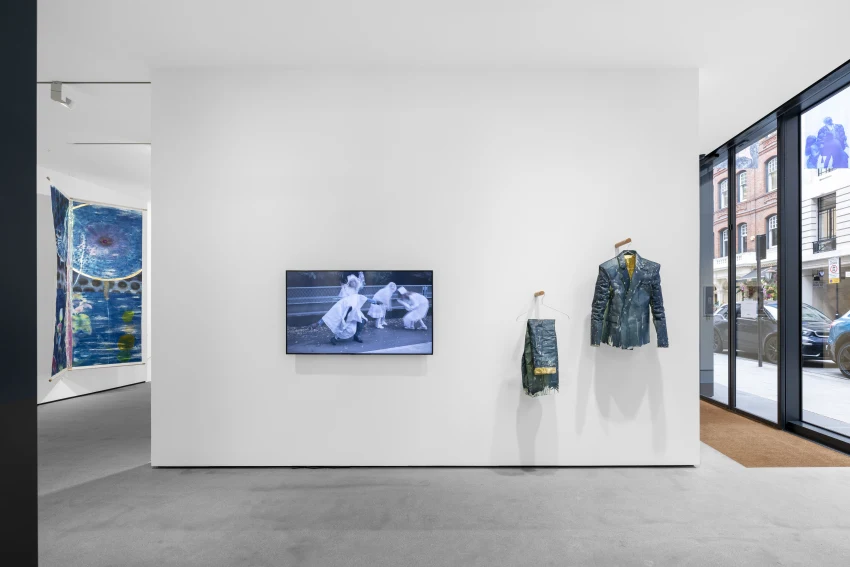
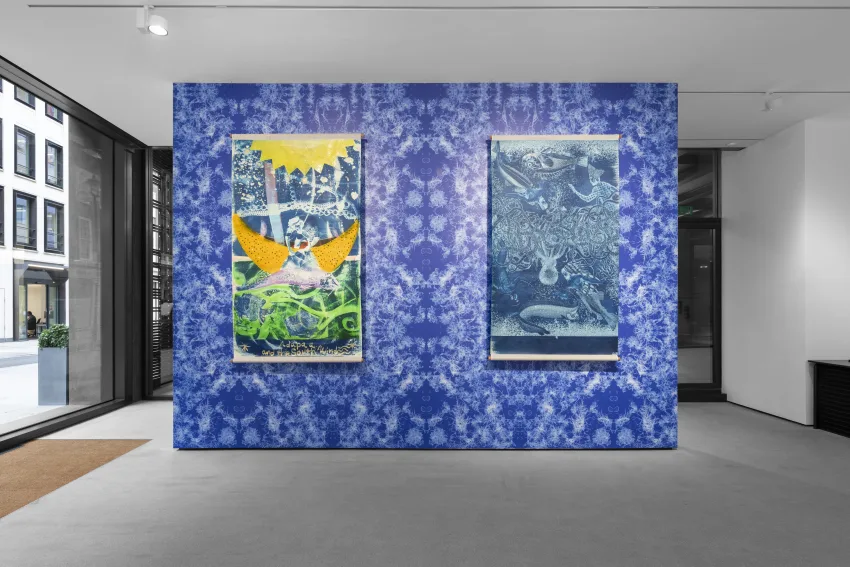
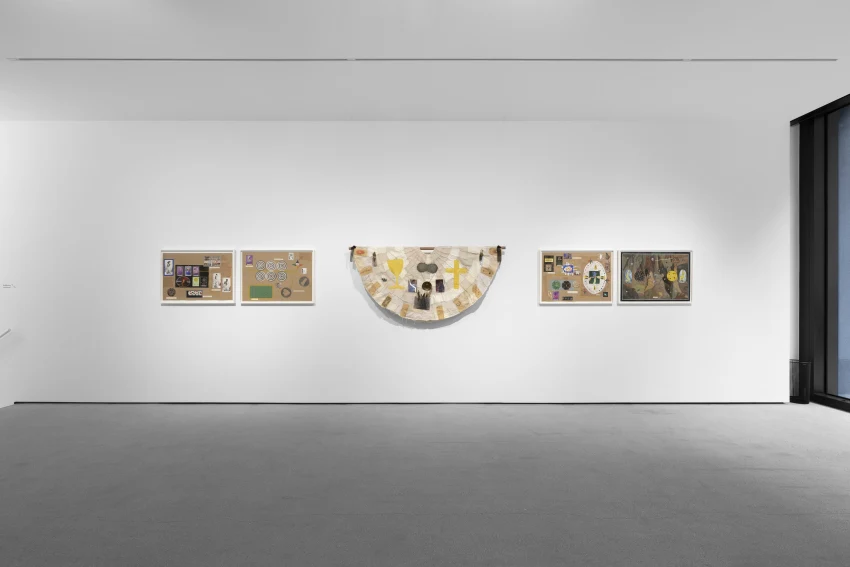
Tiwani Contemporary has showcased exhibitions by artists like Joy Labinjo, Miranda Forrester and Gareth Nyandoro, amongst others. Through exhibitions that span both cities, the gallery fosters a dialogue between artists and audiences on both continents.
Dak’Art – Biennale of Contemporary African Art
Founded in 1990, Dak’Art was established with a bold mission: to give African artists a stage to tell their stories on their terms. At a time when African art was often marginalized on the global stage, the biennale became a rallying point for artists who were eager to break free from stereotypes and showcase the continent’s rich artistic diversity.
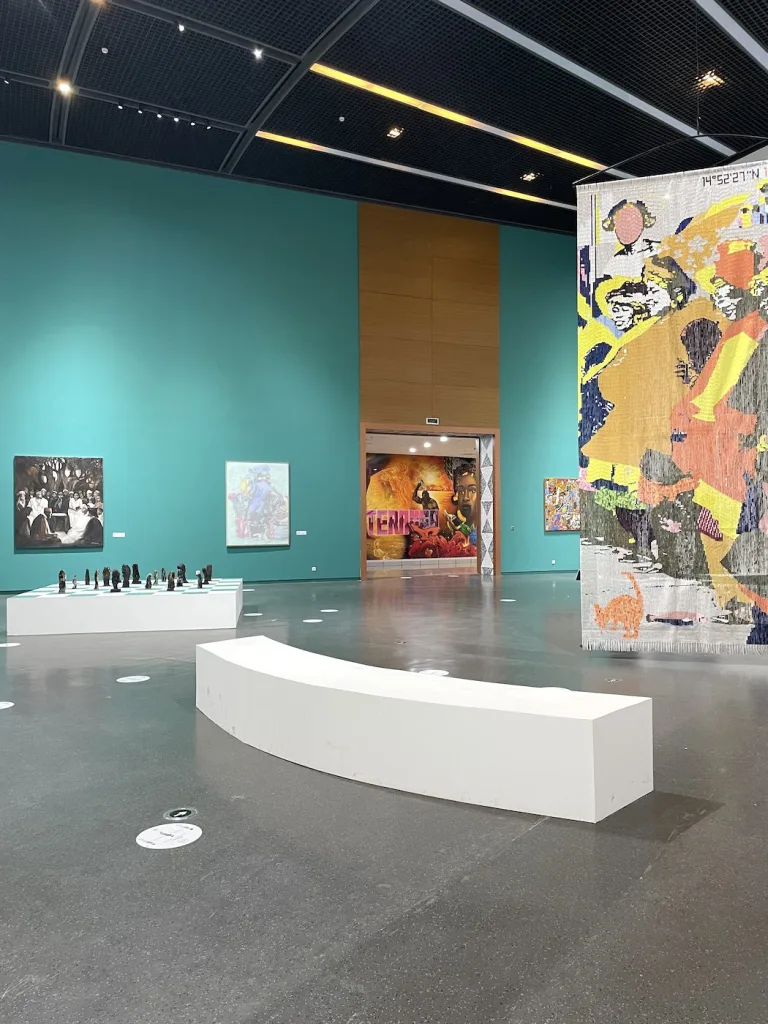
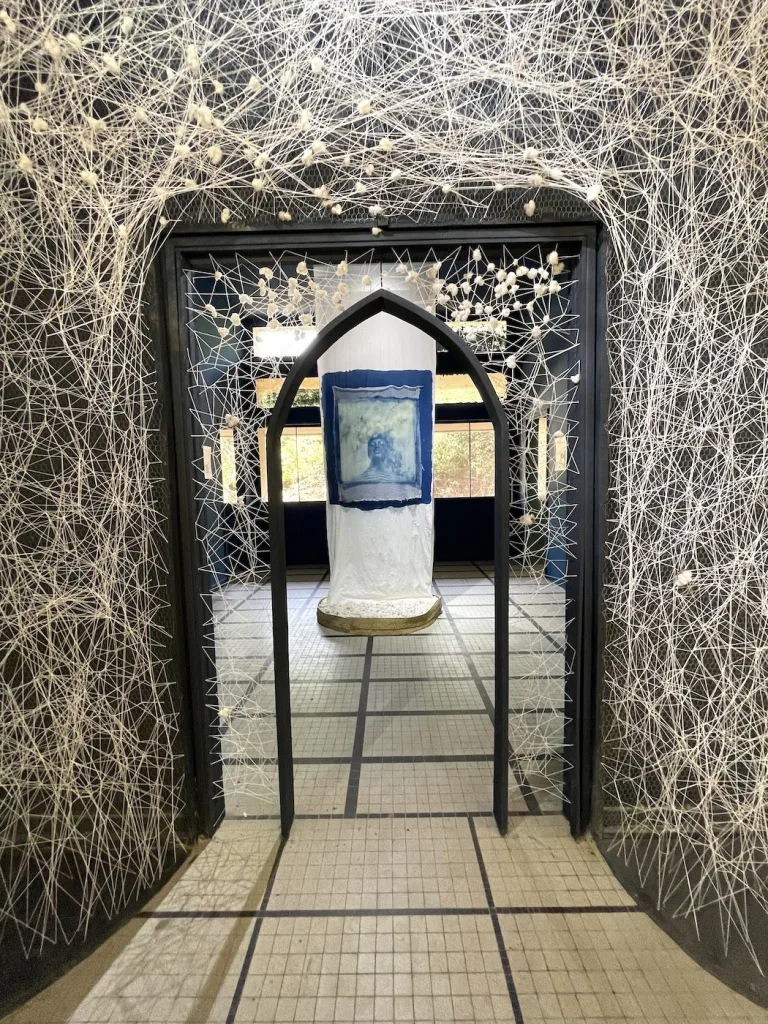
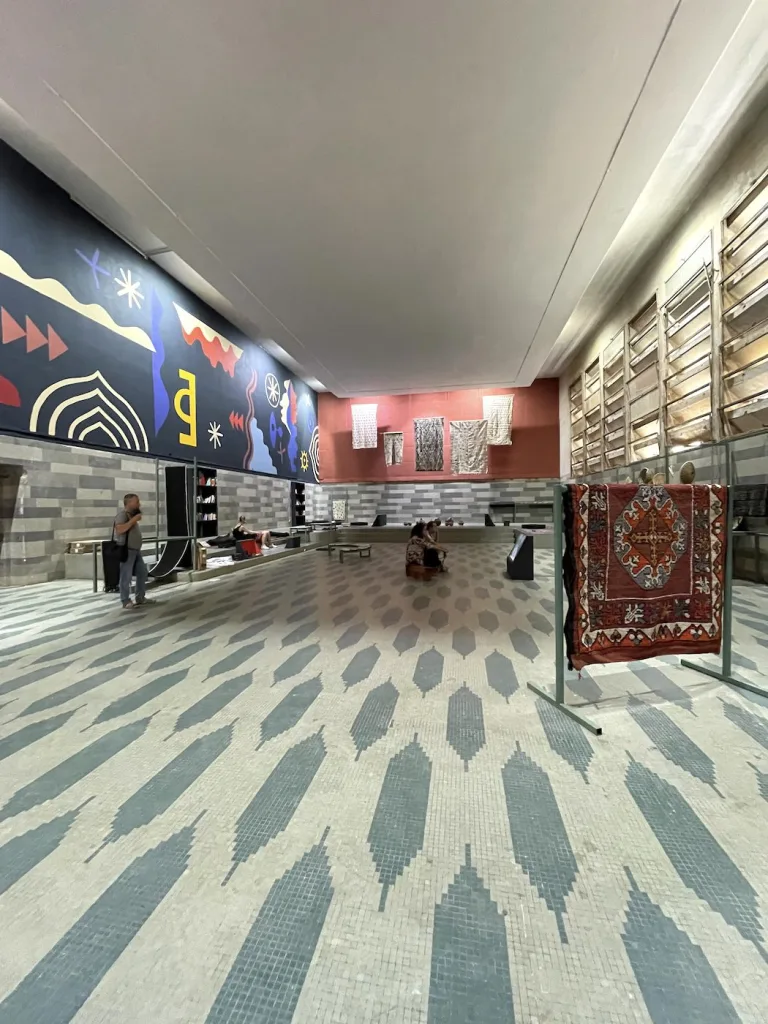
Over the years, Dak’Art has evolved into a melting pot of ideas, attracting not just artists from across Africa but also curators, collectors, and critics from around the world. Walking through the biennale today, you might see a sculptor from Mali discussing techniques with a digital artist from Cape Town or a performance artist from the diaspora reclaiming ancestral narratives.
These international exchanges are not just about showcasing talent; they are about building community, sharing stories, and redefining what it means to be African in the global art scene.
So, whether you’re an artist, collector, or simply an admirer, keep your eyes on these collaborations. They are shaping the future of art, one masterpiece at a time.
